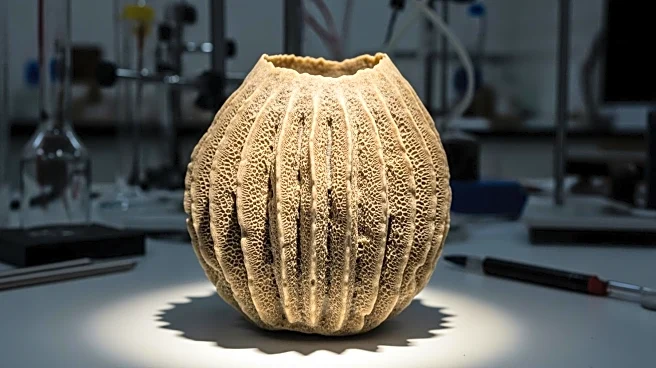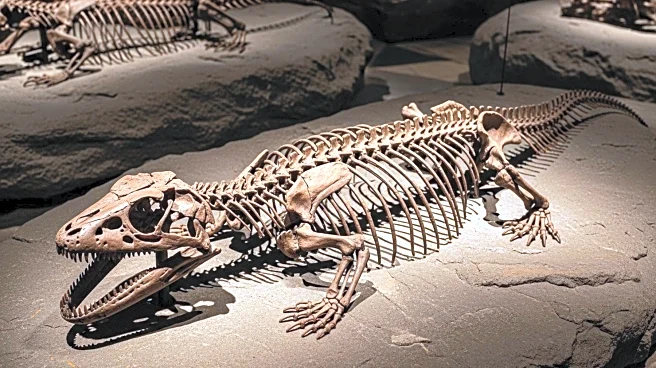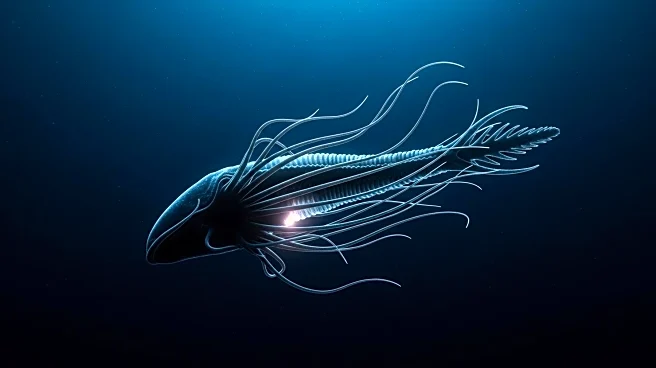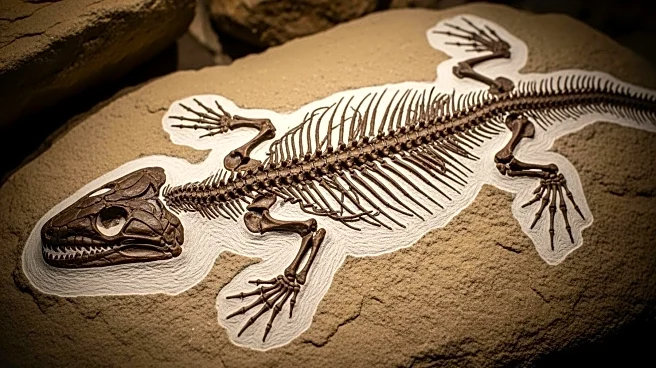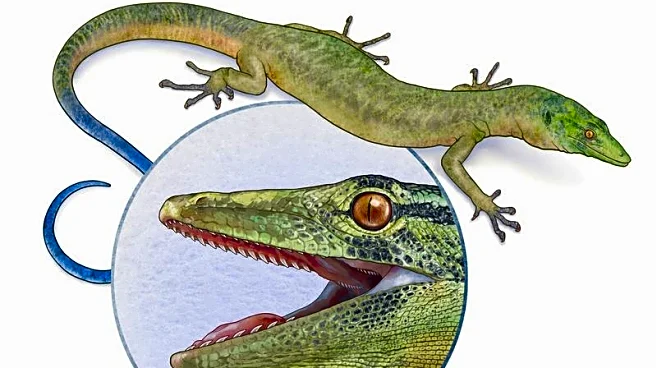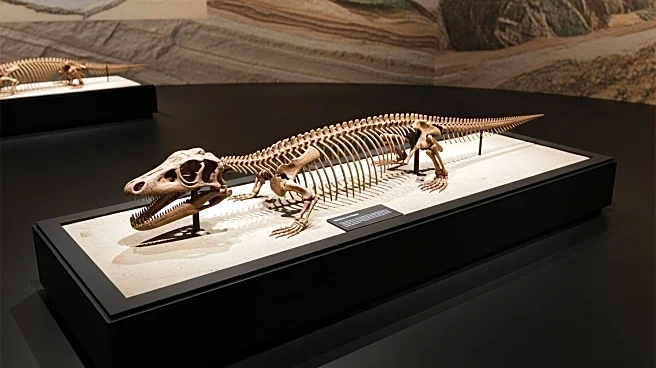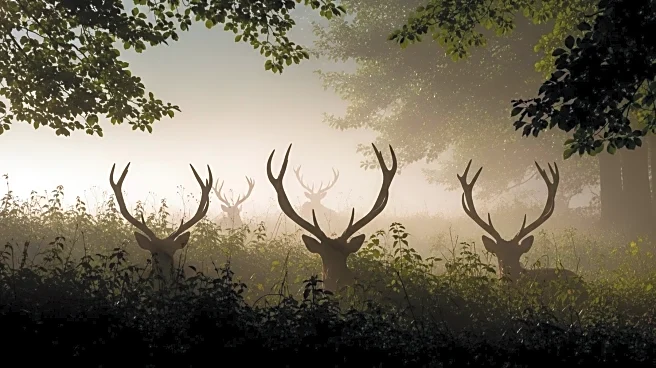What's Happening?
Recent fossil discoveries in Africa have shed light on the peculiar behavior of the rock hyrax, a small mammal known for its butt-dragging habit. Paleontologists from the African Centre for Coastal Palaeoscience uncovered fossils dating back 126,000 years, which include tracksites and impressions believed to be made by hyraxes. These findings highlight the persistence of this behavior over thousands of generations. The hyrax, resembling a prairie dog or gopher, continues to exhibit this habit today, although the exact cause remains unclear.
Why It's Important?
The discovery of these fossils provides valuable insights into the behavior and evolution of the rock hyrax, contributing to the broader understanding of mammalian history. This research emphasizes the importance of studying ancient behaviors to comprehend how species adapt and survive over time. The findings also highlight the role of communal habits in the preservation of fossil records, offering a unique perspective on the environmental conditions and ecological interactions during the Pleistocene era.
What's Next?
Further research may focus on understanding the ecological and evolutionary significance of the hyrax's butt-dragging habit. Scientists could explore the potential adaptive advantages of this behavior and its impact on the species' survival. Additionally, the study of communal habits in hyraxes might lead to new discoveries about social structures and environmental adaptations in ancient mammalian species.
Beyond the Headlines
The study of hyrax fossils opens discussions about the importance of preserving natural habitats and understanding the ecological roles of small mammals. It raises questions about how ancient behaviors can inform current conservation efforts and the management of ecosystems. The research also underscores the interconnectedness of species and their environments, highlighting the need for comprehensive studies to protect biodiversity.





